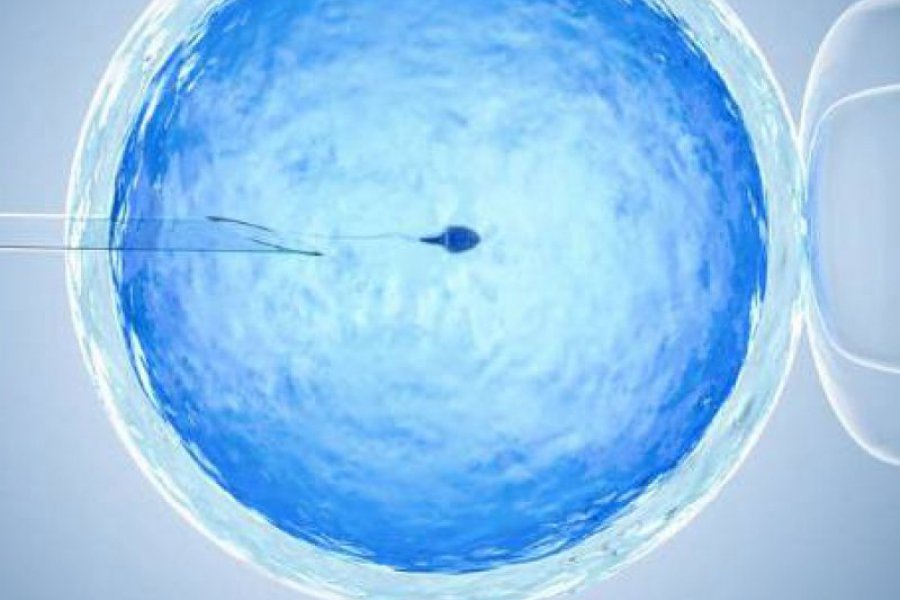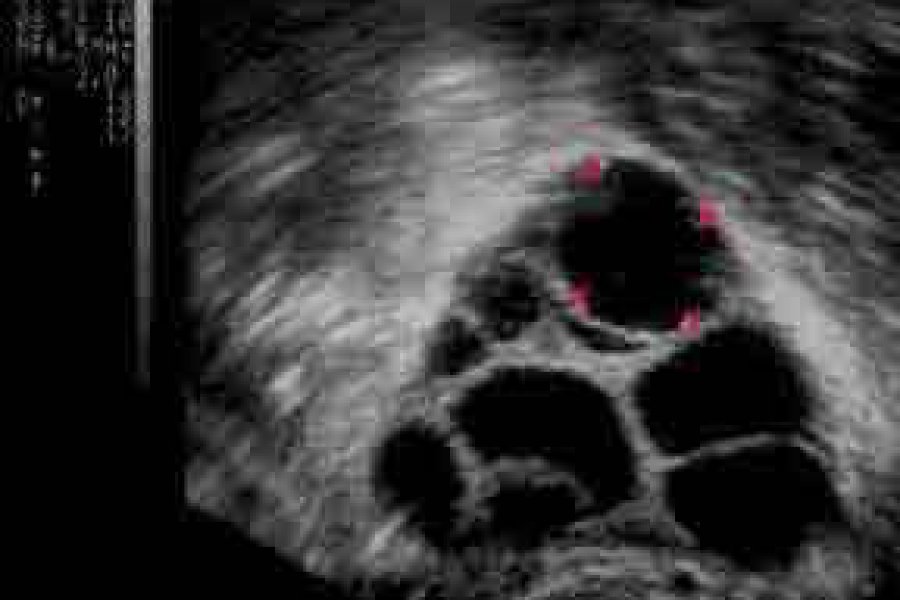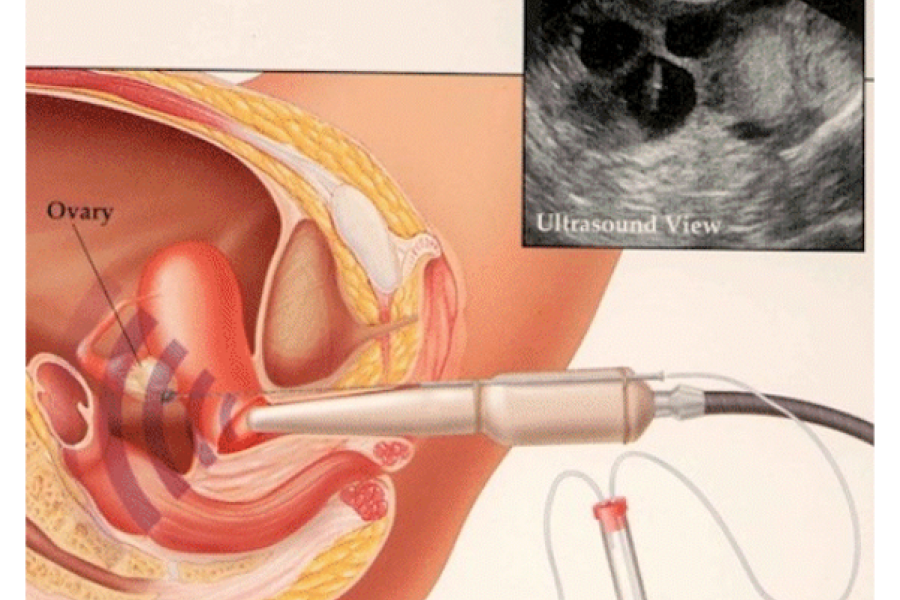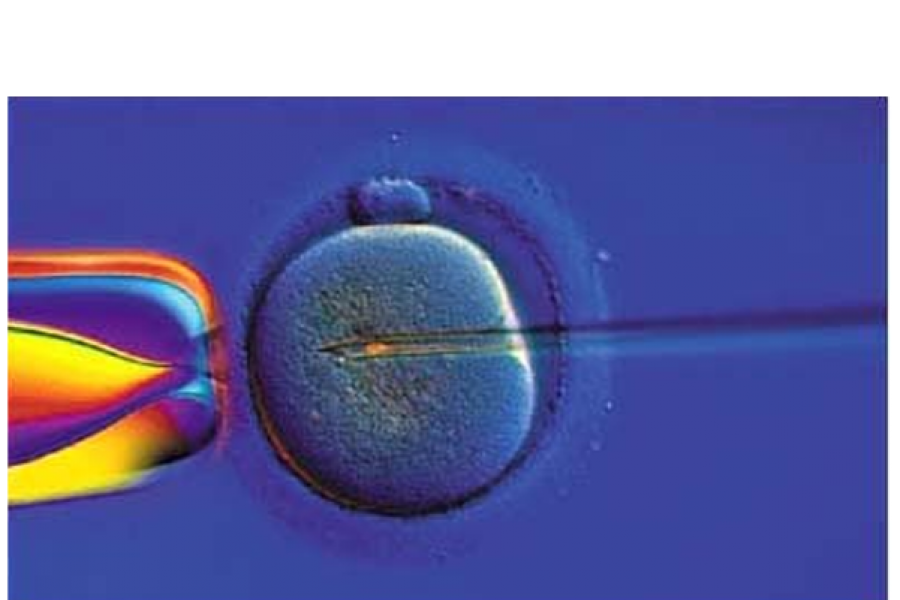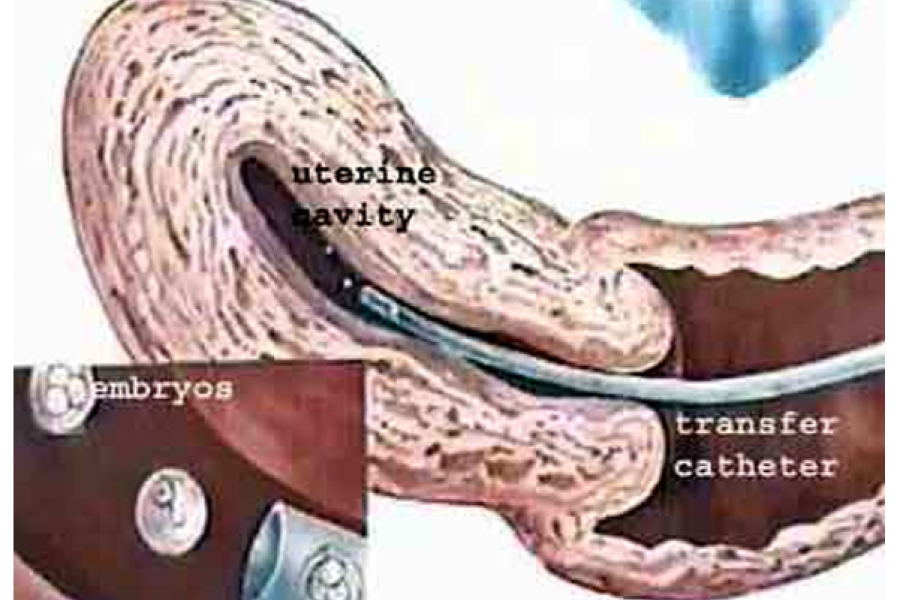DAY DAY IVF CYCLE
DAY DAY IVF CYCLE
1 day
Gonadotropin hormone treatment (ovulation needles) 2-3 of the cycle (menstrual bleeding). starts on the day. With these needles, multiple follicle development is provided in the ovaries. In the early period of the cycle, the follicles are around 2-4 mm. These follicles contain eggs. In a natural cycle, only one follicle develops each month and the woman creates only one mature egg, whereas in in vitro fertilization applications, we need more than one egg. The higher the number of eggs, the higher the chance of pregnancy.
2-5 days
Gonadotropin hormone therapy continues. Many follicles activate and begin to grow.
6 days
Gonadotropin hormone treatment continues. Meanwhile, as a result of the production of many follicles that start to grow, the level of estradiol hormone in the body begins to increase, and progesterone hormone levels are low. The inner (endometrial) layer of the uterus has begun to thicken. The endometrial layer reaches from 3 mm thickness to 8-12 mm thickness before implantation.
7 days
Gonadotropin hormone treatment continues. These days, the leading follicle is expected to reach around 12-14 mm. When the leading follicle reaches 14 mm, needles with GnRH antagonists are added to the treatment to prevent the follicles from cracking on their own.
8th day
Gonadotropin hormone and GnRH agtagonist treatment continues. The period of selection of follicles has ended. While the follicle continues to grow, the maturation period of the follicle has begun.
9-10 days
Gonadotropin hormone treatment continues. The developing follicles continue to grow.
11th day
The follicles are almost mature, with estradiol levels reaching their peak. The endometrial layer continues to thicken in the uterus. When the leading follicles exceed 17-18 mm, the HCG hormone is applied, and the final stage in the maturation of the developing follicles is completed. In the hCG hormone application, the egg collection process is programmed after 34-36 hours.
12th day
Follicles and eggs pass through the last stages of maturation before they are collected.
13th day
Before ovulation takes place, the eggs in the follicles are aspirated with a long needle under general anesthesia. In the laboratory, eggs and sperm are put together to develop embryos. Each egg is incubated with 50,000 sperm. This process is called IVF-in vitro fertilization (in vitro fertilization). If the number of sperm is low, the eggs are fertilized by ICSI-intra cytoplasmic sperm injection (microinjection) method. In the microinjection process, a sperm is injected into each egg. If fertilization has occurred, it can be observed 12-18 hours after incubation. On the day of egg retrieval or the next day, progesterone hormone treatment is started. Progesterone hormone should be used vaginally or injected. Progesterone hormone prevents the shedding and shedding of the endometrial layer, allowing implantation to occur and the continuation of pregnancy. With the increase in progesterone hormone levels, the luteal phase begins in the endometrium.
14th day
Progesterone hormone therapy is continued. Fertilization is confirmed in the laboratory. After 24 hours, the fertilized egg becomes a two-cell embryo.
15 days
Progesterone hormone therapy is continued. The 2-cell embryo in the laboratory divides again to become a 4-cell embryo. This is the second day embryo.
16-18days
Progesterone hormone therapy is continued. The embryo has 8 cells. This is the third day embryo. Depending on the patient's condition, the embryo is transferred on the third day or on the fifth day, which we call blastocyst. If the patient is under the age of 35, a single embryo is transferred in the first application, and two embryos are transferred if the patient is over the age of 35. There is no need for anesthesia in the transfer process and it is performed with the urinary bladder full, accompanied by ultrasound. If PGT (genetic test) is to be performed on the patient, a biopsy is taken from the embryo at the blastocyst stage and the embryo is frozen, and after the result of the transfer genetic test is obtained, the patient is prepared for the frozen embryo transfer again and the healthy embryo is transferred.
19th day
Progesterone hormone therapy is continued. The endometrium, which is supported by the hormone progesterone, reached 8-12 mm thickness on the 19th day of the cycle.
20 days
Progesterone hormone therapy is continued. The blastocyst, which consists of many cells in the uterus, becomes ready for implantation by peeling off the shell called the zona pellisuda around it. At this stage, the blastocyst is now ready to settle in the endometrial layer of the uterus. Before the embryo attaches to the endometrium, it can swim in the uterus for 3-4 days, during which time the cells continue to divide.
21st day
Progesterone hormone therapy is continued. The embryo is implanted in the endometrial layer of the uterus. The most common implantation points of the embryo are the upper and posterior parts of the uterus.
22nd day
Progesterone hormone therapy is continued. Estrogen hormone levels reached the highest level for the second time. Progesterone hormone levels are also at the highest level. Special cells on the outer surface of the embryo no longer invade the endometrium.
